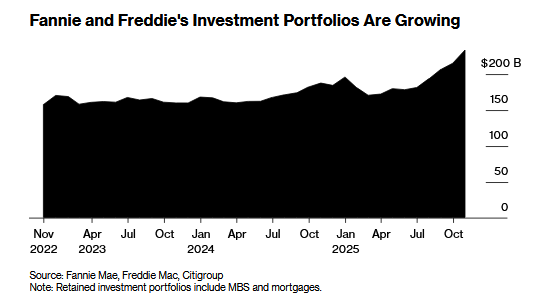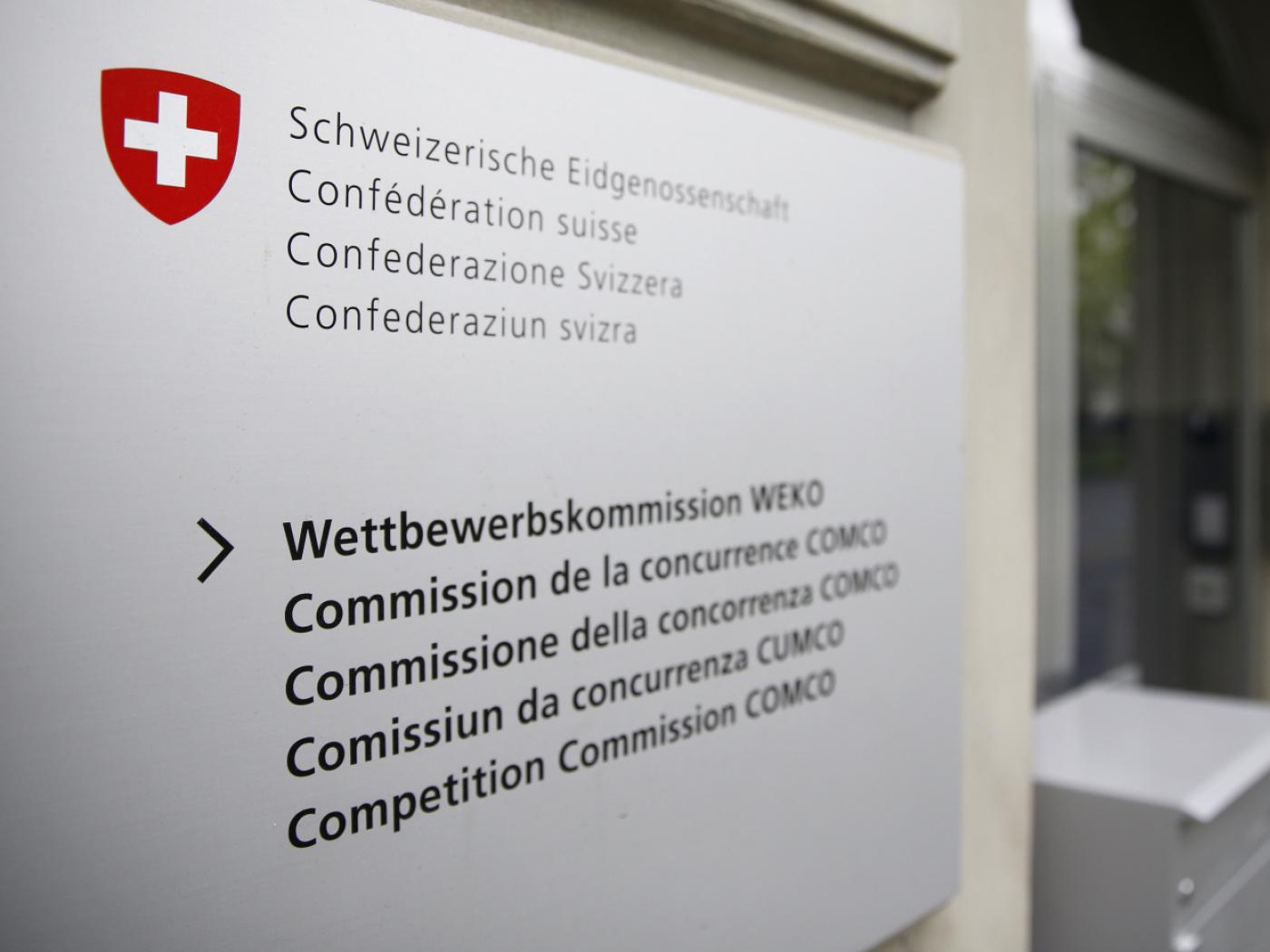If you watched the Fed Chair Jerome Powell testify before the senate and the House, you heard over and over that banks are well capitalized. The non-sequitur should inspire the Shakespearean quote “Methinks you protest too much.” The very next day after the hearings, shares of SVB Financial Group, parent of Silicon Valley Bank, fell 60 percent (and another 30 percent in afterhours trading at this writing) after a Wall Street Journal article revealed, the bank “had sold large portions of its securities portfolio and would raise fresh capital, highlighting a broader problem for U.S. lenders who have seen rising interest rates hammer the values of their bond holdings.”
In What Has Government Done to Our Money? Murray Rothbard reminded us:
The bank creates new money out of thin air, and does not, like everyone else, have to acquire money by producing and selling its services. In short, the bank is already and at all times bankrupt; but its bankruptcy is only revealed when customers get suspicious and precipitate “bank runs.”
Silicon Valley Bank depositors ran for the exits along with shareholders the same day the WSJ article appeared and the FDIC promptly closed the bank Friday morning saying:
Silicon Valley Bank, Santa Clara, California, was closed today by the California Department of Financial Protection and Innovation, which appointed the Federal Deposit Insurance Corporation (FDIC) as receiver. To protect insured depositors, the FDIC created the Deposit Insurance National Bank of Santa Clara (DINB). At the time of closing, the FDIC as receiver immediately transferred to the DINB all insured deposits of Silicon Valley Bank.
While the bank was a lender to the venture capital industry and tech sector, the investments that did the bank in were bonds backed by the full faith and credit of the U.S. government. However, the value of those bonds has plunged as interest rates have increased dramatically.
Banks are able to use a little accounting trickery pokery as it concerns bonds designated “available-for-sale,” as opposed to “held-to-maturity.” The available-for-sale label allows banks to “exclude the paper losses on those holdings from its earnings and regulatory capital, although the losses [do] count in equity.” Held-to-maturity allows banks “under the accounting rules to exclude paper losses on those holdings from both its earnings and equity.”
This problem is not particular to the bank serving techland. The Federal Deposit Insurance Corp. reported that U.S. banks’ unrealized losses on available-for-sale and held-to-maturity securities totaled $690 billion as of Sept. 30, up 47 percent from a quarter earlier, reported the WSJ.
Bank analyst Christopher Whalen wondered in a tweet:
Is it possible that nobody has asked Chair Powell about the deteriorating solvency of US banks due to QE? Where do you think that -$600 billion number will be at the end of Q1 23? (emphasis added)
MarketMaven’s Stephanie Pomboy weighed in on the same subject with this tweet, “I'm puzzling to understand how THIS isn't the only thing people are talking about today????????? Someone tell me about the rabbits. and fast!”
But, again, on Capitol Hill and at the Eccles Building no one was uttering a discouraging word. However, FDIC Chairman Martin Gruenberg said in a December 1, 2022, speech:
The combination of a high level of longer-term asset maturities and a moderate decline in deposits underscores the risk that these unrealized losses could become actual losses should banks need to sell investments to meet liquidity needs.
Now Gruenberg’s prophecy is coming to fruition. Silicon Valley said it decided to bite the bullet and sell holdings and raise fresh capital “because we expect continued higher interest rates, pressured public and private markets, and elevated cash burn levels from our clients as they invest in their businesses.”
Nobody has been on high alert expecting a banking crisis, but as Rothbard pointed out:
No other business can be plunged into bankruptcy overnight simply because its customers decide to repossess their own property. No other business creates fictitious new money, which will evaporate when truly gauged.
Silicon Valley Bank had $91.3 billion in securities classified as “held to maturity” on its year-end balance sheet. In a footnote to its financials the bank reported the value of those securities were $15.1 billion below their balance-sheet value. “The fair-value gap at year-end was almost as large as SVB’s $16.3 billion of total equity.” Gulp.
The bank promised they were holding these securities to maturity. Memo to Silicon Valley Bank: your false promises no longer apply.
Full story here Are you the author? Previous post See more for Next postTags: Featured,newsletter




























